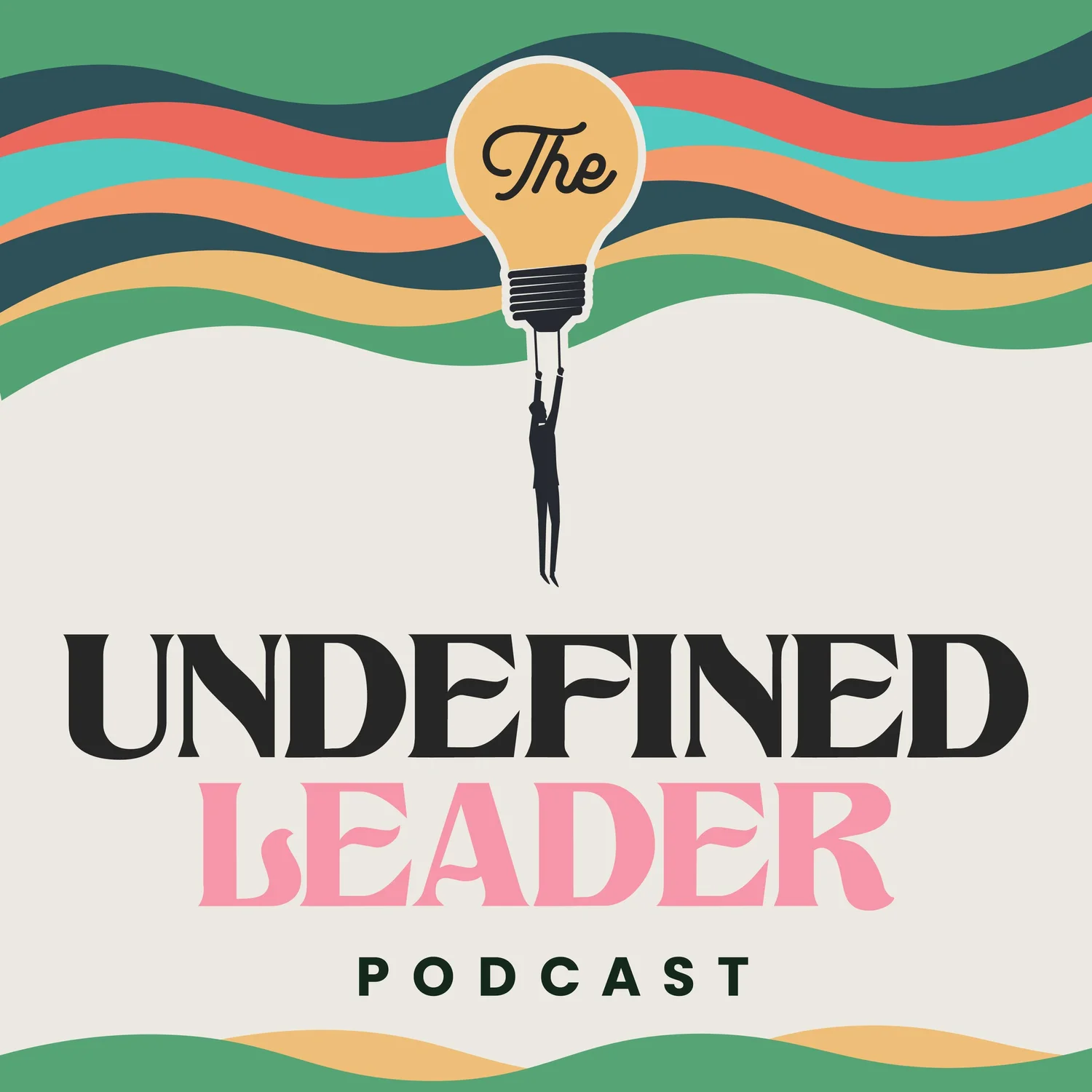Why “Hope” Is the #1 Thing Employees Crave (and How Leaders Can Cultivate It)
In this article we are curious about what followers worldwide truly want from their leaders. In our podcast episode “Why Is Hope the Most Important Leadership Trait? Insights from Gallup’s Latest Report” we dug into a fresh report from Gallup exploring that the top four needs were:
Hope – Feeling optimistic about the future and having a clear vision.
Trust – Valuing honesty, respect, and integrity.
Compassion – Feeling cared about and genuinely listened to.
Stability – Needing secure foundations and safety, especially in uncertain times.
While trust, compassion, and stability might be familiar concepts, hope stood out as the biggest surprise—coming in as the most essential element people crave from leadership. Below, we unpack what that means and how leaders can begin leading with genuine hope without veering into toxic positivity.
Why Does Hope Matter So Much?
1. The Antidote to “Dark Times” Fatigue
From global crises to political upheavals, negativity dominates news cycles and daily life. Many employees feel a lack of direction or reassurance, so they look to leaders to show that better days are still possible.
2. Linking Small Wins to a Larger Vision
Leaders often focus on short-term motivation—goals, metrics, or deadlines—without connecting them to a deeper sense of purpose. Hope helps people see how today’s efforts tie into a meaningful future.
3. Fuel for Perseverance and Innovation
When people believe there’s a pathway (even if it’s uncertain), they’re more likely to stay resilient, tackle hard problems, and keep experimenting. In other words, hope sparks creativity and engagement.
The Four Needs in Context
Trust
Often a prerequisite for hope. If you don’t trust your leader, you’re unlikely to believe in their vision.
Building trust involves honesty, integrity, and transparent communication.
Compassion
Genuine care is more than warm smiles; it’s about listening and being present when team members face challenges.
Demonstrating empathy and truly hearing feedback sets the stage for collaboration.
Stability
Humans crave predictability in a chaotic world. If a leader provides structure and security, people can focus on growth rather than worrying about organizational upheaval.
Hope
The report shows hope as a game-changer—employees want to see that tomorrow can be better than today.
It’s not just feel-good optimism; it’s grounded in a real sense of possibility.
Hope vs. Toxic Positivity: The Key Difference
In a previous article and episode, we explored how “toxic positivity” can shut down critical thinking and invalidate real fears. Hope is different:
Hope acknowledges challenges and hardships while believing there’s a path forward.
Toxic Positivity dismisses difficulties with phrases like “It’ll be fine!” or “You’ve got this!”—offering no plan or empathy.
Genuine hope balances optimism with honesty. It resonates because it doesn’t ignore problems; instead, it affirms that solutions or improvements could happen, often showing a roadmap to get there.
5 Ways to Lead With Hope (Without Being “Wishful”)
Offer a Compelling Vision…With Realism
Communicate why your goals matter and show how each step contributes to a broader future.
Balance ambition with honest assessments of challenges.
Build Trust First
Hope without trust feels hollow.
Deliver on promises, remain transparent about setbacks, and admit mistakes.
Demonstrate Compassion
Listen to concerns without dismissing them.
Show you understand their struggles, then connect them to possible solutions or resources.
Create Stability Where You Can
Provide clear structures, expectations, and safe spaces for feedback.
Even in uncertain times, consistent communication reduces anxiety and fuels belief in forward momentum.
Celebrate Progress & Share Stories
Reinforce hope by highlighting small wins and personal testimonies.
Example: “Remember last quarter’s challenge? We overcame it by working together, and we can do it again.”
“Hope” in Action: Lessons from (Yes, Really) Ted Lasso
If you’re looking for a pop culture reference on leading with hope, Ted Lasso is often cited:
Visible Symbol: The “Believe” sign in the locker room served as a constant reminder of a vision—even when evidence wasn’t in the team’s favor.
Trust Before Hope: Initially, the team saw Ted’s optimism as clueless. Only after he earned trust did “Believe” spark genuine motivation.
Realism, Not Blind Positivity: Though relentlessly upbeat, Ted also navigated conflicts head-on, showing empathy for players’ issues and coaching them through real solutions.
Note: As we discussed in our last episode, genuine hope must be balanced with authenticity. Merely saying “Believe!” can slide into toxic positivity if there’s no actual plan or empathy behind it.
Final Thoughts: A Leadership Shift From Motivation to Hope
For years, leadership training has emphasized “motivating your team.” But this Gallup report suggests we might need a deeper anchor. Motivation often targets short-term behavior, while hope is about long-term resilience and possibility. Employees thrive when they see not only why they’re doing today’s tasks but also where it could lead tomorrow.
Ask yourself:
Do your team members see a clear future in your organization?
Are you combining optimism with transparent steps and empathy for current challenges?
How often do you talk about why something is worth pursuing, even if success isn’t guaranteed?
If you can nail hope—supported by trust, compassion, and stability—you’ll likely find a more engaged, innovative, and resilient workforce.
Listen to the Full Episode
Curious about more real-life anecdotes and how we navigated the fine line between hope and toxic positivity? Tune into our latest podcast episode, where we discuss:
Breaking down the four core needs from Gallup’s new global leadership report.
Why “hope” can’t exist without trust—and how to cultivate both.
How leaders can encourage realistic, solutions-based optimism (instead of forced cheeriness).
Subscribe to The Undefined Leader on your favorite podcast platform, and follow us on Instagram @undefinedleader for more behind-the-scenes insights. Have your own story about finding (or losing) hope in a leadership setting? Drop us a comment or DM—we’d love to hear from you!
Remember: A little hope can shift an entire culture—especially when leaders back it up with genuine empathy, a solid plan, and unwavering integrity.
